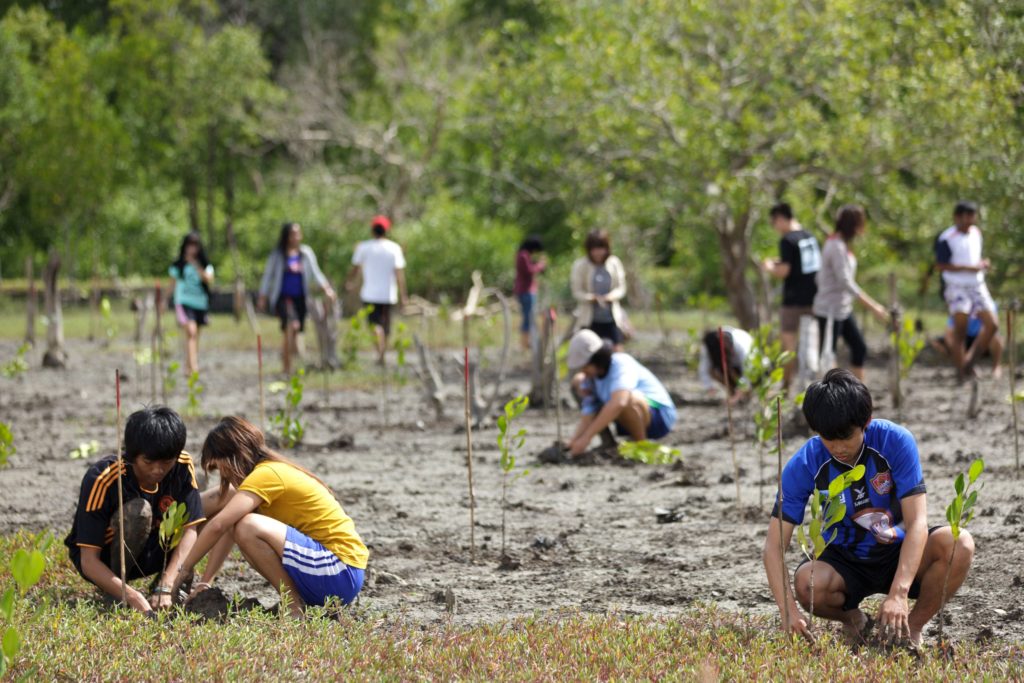Reforestation
reforestation by Delta publications
key notes:

Deforestation:
Definition: Deforestation is the large-scale clearing or cutting down of forests or trees, often to make space for agriculture, urban development, or industry.
Consequences of Deforestation:
- Loss of biodiversity: Many species lose their habitats, leading to extinction.
- Climate change: Trees absorb carbon dioxide, and without them, more CO2 stays in the atmosphere, contributing to global warming.
- Soil erosion: Trees help hold the soil in place. Without them, soil gets eroded by wind and rain, leading to desertification.
- Disruption of the water cycle: Trees help regulate the water cycle. Without forests, rainfall patterns may change, affecting agriculture and water supply.
Causes of Deforestation:
- Agricultural Expansion: Forests are cleared to make room for farming and livestock grazing.
- Urbanization: As cities grow, forests are cut down to build homes, roads, and other infrastructure.
- Logging: Trees are cut down for timber and paper production.
- Mining: Forests are cleared for mineral and oil extraction.
- Climate Change: Changing weather patterns can make forests more vulnerable to fires and droughts, leading to deforestation.
- Illegal Logging: In some areas, illegal logging contributes to deforestation, often for profit.
Reforestation:
Definition: Reforestation is the process of replanting trees in areas where forests have been cut down or degraded.
Importance of Reforestation:
- Restores biodiversity by providing habitats for wildlife.
- Helps mitigate climate change by absorbing carbon dioxide.
- Prevents soil erosion by stabilizing the ground with tree roots.
- Reestablishes the water cycle, leading to improved rainfall patterns and water quality.
Methods of Reforestation:
- Natural Regeneration: Allowing forests to regenerate naturally by protecting areas from further destruction.
- Artificial Planting: Planting trees in deforested areas to speed up the process of forest recovery.
Global Efforts to Combat Deforestation:
- Government Policies: Many countries have introduced laws to protect forests and limit deforestation.
- Sustainable Forestry Practices: Promoting the responsible use of forest resources so that forests can regenerate naturally.
- International Agreements: Agreements like the Paris Climate Agreement encourage global cooperation to reduce deforestation and plant more trees.
- NGOs and Awareness Campaigns: Various organizations are working to raise awareness about deforestation and promote sustainable practices.
Let’s practice!

